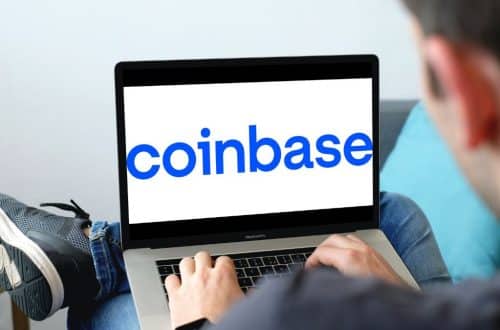
The Shared History of Bitcoin and Today’s Inflation
Hoenig, in 2010, was the sole voting member of the Federal Open Market Committee (FOMC) against long-term intervention. He worried that QE would eventually destabilize the economy and lead to inflation. It would also encourage riskier lending by banks which would create asset bubbles.
Ten years later and those concerns have been realized. The Fed has kept rates near zero for so long that there is now $7 trillion in government debt yielding less than 1%. That’s nearly double the amount from when Hoenig first dissented. This suppression of yields has pushed investors into riskier assets.
There are of course material explanations. The world’s supply chains have been tied in a knot, ports are backed up, and the literal fuel for the economy – oil and gas – is getting more expensive, in part, due to the ongoing Russia-Ukraine war.
Another explanation has to do with non-exogenous factors. To combat the COVID-19 crisis, which plagued the globe, U.S. policymakers printed about a century’s worth of dollars in just two years. The trillions of dollars in quantitative easing have had the desired effect of driving down borrowing costs and flooding the financial system with liquidity. It’s what we refer to as helicopter money.
But this hasn’t been without consequences. The velocity of money, or how much one dollar is exchanged for goods and services in a given period, has collapsed. The M2 money supply, which is a broad measure of the U.S. money supply, has surged to unprecedented levels.
The rise in the money supply has not been matched by a corresponding increase in economic activity. This has led to fears of inflation down the road. And it’s one of the reasons why Bitcoin, a decentralized and scarce digital asset, has seen its price rise in recent months. Everything from stock prices to property prices to crypto assets to yachts has surged during a period of easy money.
Bitcoin and inflation have a shared history. Bitcoin was created in the aftermath of the 2008 financial crisis when central banks around the world were printing money to bail out the financial system. The creators of Bitcoin wanted to create an alternative to fiat currency that couldn’t be as easily influenced
The Federal Reserve is now in a critical position of having to keep its word to increase the lending rates to slow down the economy and also combat inflation. The Federal Reserve has to do all these without offsetting another asset bubble.
Crypto is both part of the inflationary environment and as well as charting out a new path for an effective financial system without middlemen. Bitcoin in particular is aiming to become a global reserve asset that cannot be debased by the decisions of central bankers.







